Yellow stringybark is a hardwood timber species found along the south coast of New South Wales. It is used for flooring, decking, heavy construction and structural applications.
Yellow Stringy
Eucalyptus muelleriana
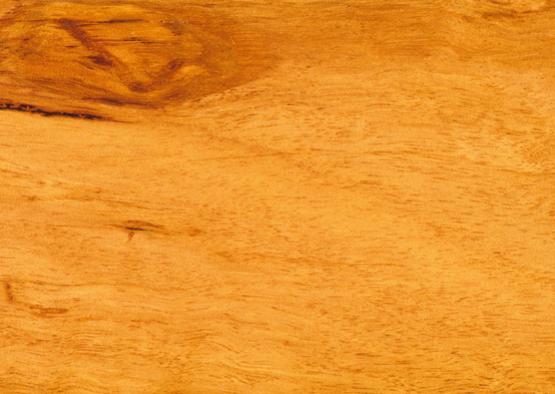
Yellow stringybark is a medium to large hardwood species that grows in southern New South Wales and eastern Victoria. The tree features yellow to yellowish-brown heartwood with distinctively paler sapwood. Its grain is medium to fine, mainly straight but sometimes interlocked. Gum veins and bug holes are common.
Historically, commercial applications of yellow stringybark have ranged from wood chips to heavy construction in the form of piles, poles, bearers and stumps. Its timber is now widely used for flooring, decking and furniture. Excellent results have been obtained for outdoor structures such as pergolas, steps and hand railings. When appropriately kiln-dried, yellow stringybark may be used as a structural timber.
Untreated yellow stringybark is equivalent to ‘fire retardant treated timber’ when tested in accordance with AS/NZS 3837. The bushfire rating of this timber is expected to remain unchanged if assessed in accordance with proposed changes to the standard.
Shrinkage
| Very Low | Low | Medium | High | Very High | |
|---|---|---|---|---|---|

|

|
||||
Tangential : |
7.50%
|
||||
Radial : |
4.30%
|
||||
Unit Movement Tangential: |
0.37%
|
||||
Unit Movement Radial: |
0.27%
|
Strength Group

Very High |
High |
Reasonably High |
Medium High |
Medium |
Reasonably Low |
Low |
Very Low |
||
Unseasoned: |
S1 |
S2 |
S3 |
S4 |
S5 |
S6 |
S7 |
S8 |
|
|---|---|---|---|---|---|---|---|---|---|
 |
|||||||||
Seasoned: |
SD1 |
SD2 |
SD3 |
SD4 |
SD5 |
SD6 |
SD7 |
SD8 |
|
 |
Stress Grade

| Structural No. 1 |
Structural No. 2 |
Structural No. 3 |
Structural No. 4 |
Structural No. 5 |
|
Unseasoned: |
F17 |
F14 |
F11 |
F8 |
F7 |
Seasoned: |
F27 |
F22 |
F17 |
F14 |
F11 |
Density per Standard

Seasoned: |
885kg/m3
|
|---|---|
Unseasoned: |
1150kg/m3
|
Joint Group

Very High |
High |
Reasonably High |
Medium |
Low |
Very Low |
|
Unseasoned: |
J1 |
J2 |
J3 |
J4 |
J5 |
J6 |
|---|---|---|---|---|---|---|
 |
||||||
Seasoned: |
JD1 |
JD2 |
JD3 |
JD4 |
JD5 |
JD6 |
 |
Colour

| White, yellow, pale straw to light brown | Pink to pink brown | Light to dark red | Brown, chocolate, mottled or streaky | |
 |
||||
Mechanical Properties
Modulus of Rupture - Unseasoned: |
86
|
|---|---|
Modulus of Rupture - Seasoned: |
132
|
Modulus of Elasticity - Unseasoned: |
14
|
Modulus of Elasticity - Seasoned: |
17
|
Maximum Crushing Strength - Unseasoned:  |
45
|
Maximum Crushing Strength - Seasoned: |
76
|
Impact - Unseasoned: |
17
|
Impact - Seasoned: |
15
|
Toughness - Unseasoned: |
Medium - 15 - 24 Nm
|
Toughness - Seasoned: |
Medium - 15 - 24 Nm
|
Hardness - Unseasoned: |
6.7
|
Hardness - Seasoned: |
8.6
|
Durability
| Low | Moderate | Reasonably High | High | |
| (0 - 5 yrs) | (5 - 15 yrs) | (15 - 25 yrs) | (more than 25 yrs) | |
In-Ground: |
 |
|||
| (0 - 7 yrs) | (7 - 15 yrs) | (15 - 40 yrs) | (More than 40 yrs) | |
Above ground: |
 |
|||
| (0 - 20 yrs, usually < 5) | (21 - 40 yrs) | (41 - 64 yrs) | (More than 60 yrs) | |
Marine Borer Resistance: |
 |
Lyctid Borer Susceptibility: |
Not Susceptible |
|---|---|
Lyctid Borer Susceptibility - Other: |
|
Termite Resistance: |
Resistant
|
Fire Properties
| 0 | 1 | 2 | 3 | 4 | 5 | 6 | 7 | 8 | 9 | 10 | |
EFH Spread-of-Flame Index: |
|||||||||||
EFH Smoke-Developed Index: |
Critical Radiance Flux - Lower: |
>2.2 and <4.5 |
|---|---|
Smoke Development Rate: |
<750
|
| 1 - non-combustible | 2 - reasonably non-combustible | 3 - slightly combustible | 4 - combustible | |
Fire Properties Group |
Group Number - Other: |
>2.2 and <4.5
|
|---|---|
Average Specific Extinction Area: |
<250
|
Bushfire Resistance: |
BAL 12.5 and 19 – All AS3959 required applications
|
Yellow stringybark features a yellow to yellowish brown heartwood, with paler sapwood. Its grain is medium to fine, and is mainly straight but sometimes interlocked. Gum veins and bug holes are common.
Yellow stringybark was once mainly used for heavy construction (piles, poles, bearers, stumps) and wood chips. It is now commonly used for flooring, decking and furniture. Excellent results have been obtained with the use of this timber for outdoor structures such as pergolas, steps and hand railings. When appropriately kiln-dried, yellow stringybark may be used as a structural timber.
This native hardwood machines and sands well to produce excellent flooring. It is unsuitable for steam bending. Pre-drilling is recommended for nailing and screwing. Yellow stringybark readily accepts most standard coatings and stains, and excellent results may be obtained with oil-based finishes. Given the timber’s natural density, polyurethane glues are recommended for bonding.
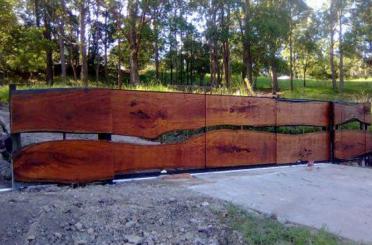
Fencing
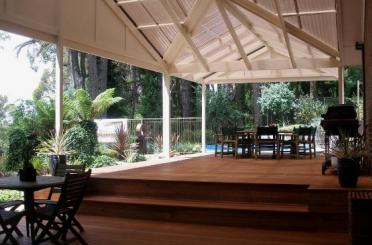
Pergolas
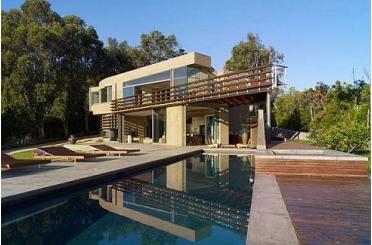
Rails and Balustrades, Exterior
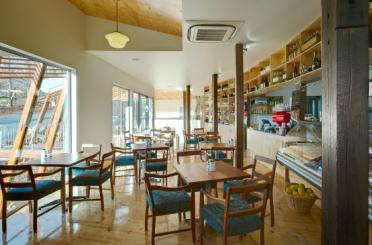
Structural Timber Poles
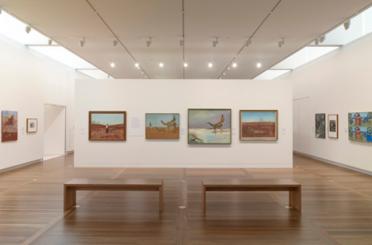
Flooring
Allied Forest Products

Australian Solar Timbers
Australian Timber

BAYWOOD
Decking Perth
Green Light Milling

Outlast Timber Supplies

Pentarch Forestry

Ridgewood Timber Pty Ltd

Sawmill Trading Company








